

James Wong
2026 Audi Q5 review: Quick drive
5 Days Ago

News Editor
BMW’s first vehicle on its electric-focused Neue Klasse architecture will be a 3 Series-sized sedan due in 2025.
Autocar reports the sedan, codenamed NK1, will be positioned as an electric alternative to the next-generation 3 Series much as Porsche will simultaneously offer its current Macan and the new, unrelated Macan EV.
It’ll be one of four electric BMW sedans launching between now and 2025, following the i4, i5 and i7 based on the current CLAR architecture.
While those models will bear a close resemblance to their internal combustion-powered 4 Series, 5 Series and 7 Series counterparts, the NK1 will blaze its own path.
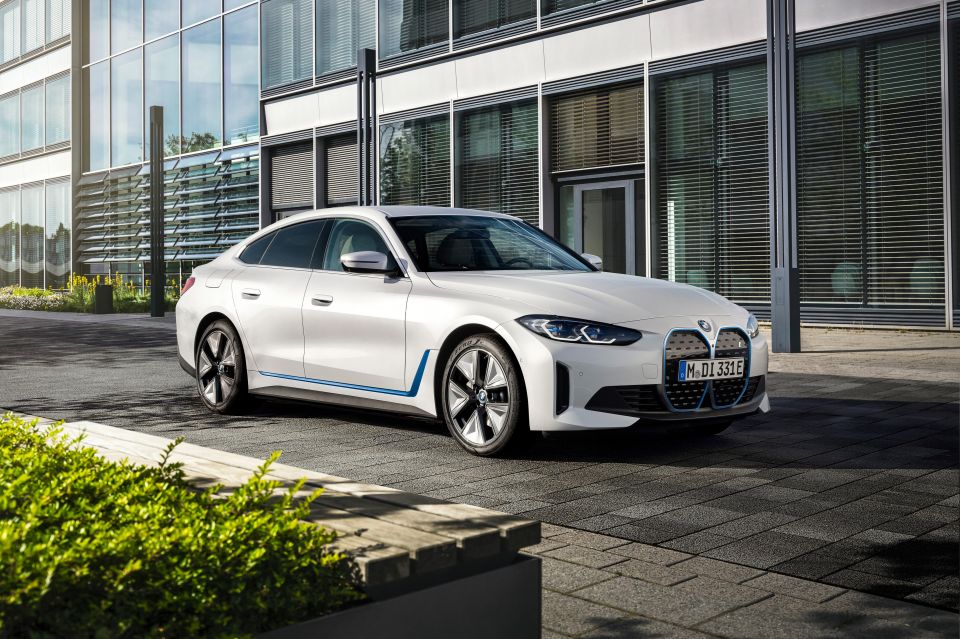
It’s set to receive an “electric-centric” design with unique proportions and fresh styling elements, plus the flat interior floor and longer wheelbase typical of dedicated EVs.
“People are expecting different aesthetics. That’s why we’ve developed a new styling direction for our electric models,” BMW research and development head Frank Weber told Autocar.
Current BMW EVs, with the exception of the ageing i3 and the still CLAR-derived iX, are almost identical to their ICE-powered counterparts in appearance.
All new electric BMWs from 2025 onwards will use the Neue Klasse architecture, with the architecture eventually replacing today’s FAAR and CLAR architectures.
For the new architecture, BMW is using elements from the i3 and iX, such as an aluminium and steel platform base, a carbon-fibre body structure, carbon-fibre reinforced plastic elements, and body panels made from aluminium, steel and composite plastic, with the aim of keeping weight down.
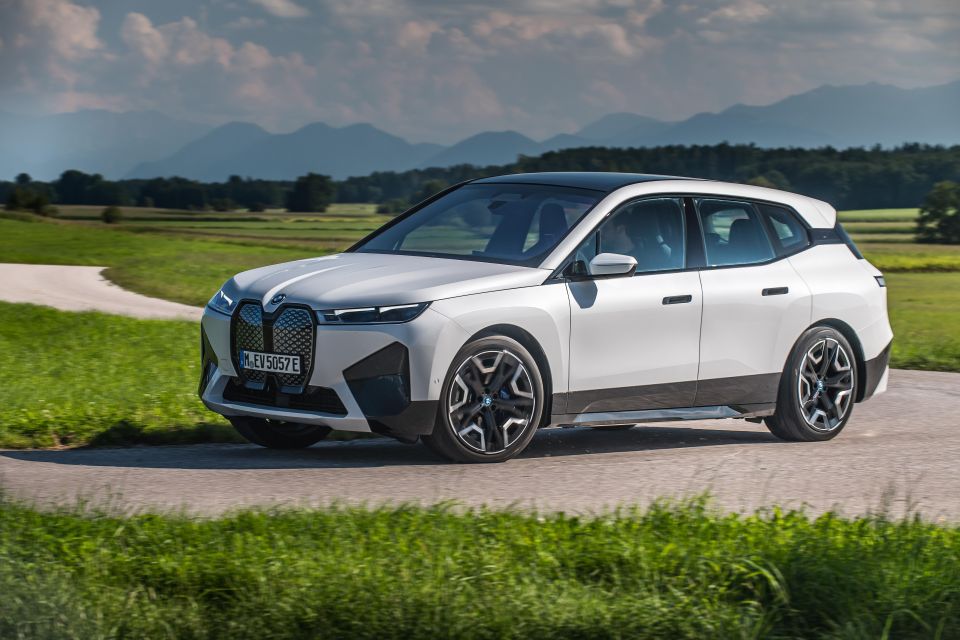
The new architecture will support vehicles ranging in size from a 2 Series Gran Coupe to an X7, and will support vehicles with front-, rear- and all-wheel drive and various different battery packs.
Neue Klasse cars will feature 800V battery technology and 350kW charging capability, as seen on the Porsche Taycan and Audi e-tron GT.
It’ll use more efficient and powerful electric motors than today’s BMW EVs and, while it says solid-state batteries won’t be available until the end of the decade, BMW is working on improving the energy density of its batteries for superior range.
The goal, reports Autocar, is a 20 per cent increase in efficiency for BMW’s EVs. That could mean a range of more than 700km for the NK1.
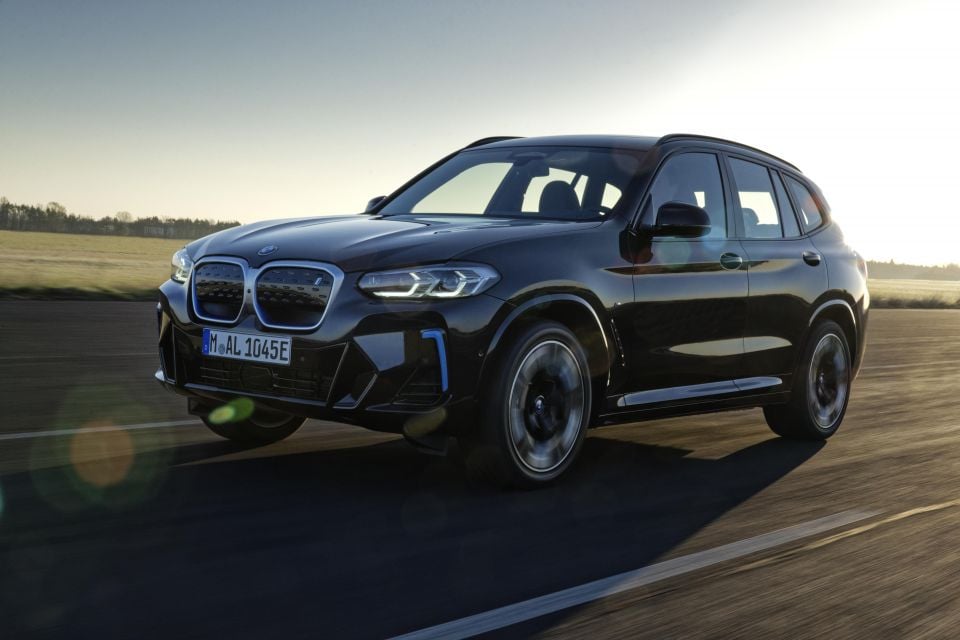
While it’s been designed with electric powertrains front of mind, BMW has left the door open for both hydrogen fuel-cell powertrains and internal combustion engines – particularly those with plug-in hybrid assistance – to be used in the Neue Klasse.
It’s expecting 50 per cent of its global sales by 2030 to consist of pure-electric vehicles on the Neue Klasse platform, however. By 2030, it’s aiming to have an electric version of every one of its nameplates.
According to BMW CEO Oliver Zipse, the Neue Klasse will use a new software platform that supports over-the-air updates and local customisation.
The Neue Klasse platform is designed to be part of the circular economy with secondary recycled or upcycled materials preferred “wherever the quality and availability of materials allow”.
The platform and cars built upon it will also be designed so its parts can be recycled for use elsewhere, while their interiors will also use recycled materials.


Although it won’t be drawn on setting a date to go all-electric, BMW believes it can handle any local prohibition from 2030 on selling new cars with petrol or diesel engines.
“We will be ICE-ban ready. If a region, a city, a country gets the idea of banning ICEs, we have an offering,” said Zipse.
BMW was one of the first luxury brands to introduce an EV with its i3 but has been more cautious in recent years, persisting with electrified versions of its existing ICE-powered models instead of introducing new models on a dedicated EV architecture as Mercedes-Benz has done with its EQS and EQE.
The company reportedly planned a follow-up to the i3, a larger hatchback which could have worn the i5 nameplate. Patent images of this model were leaked but plans for the model were scrapped.
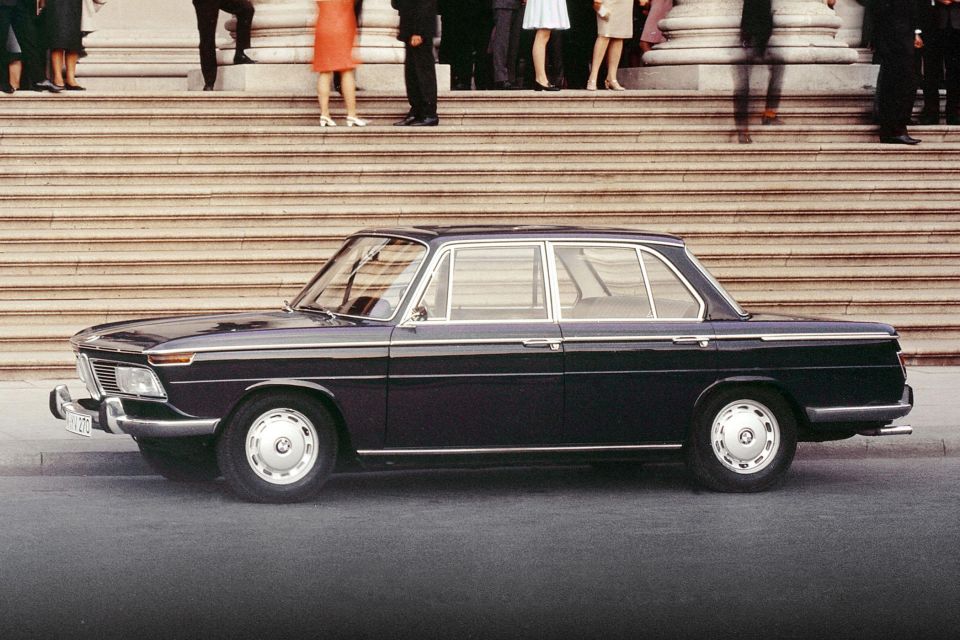
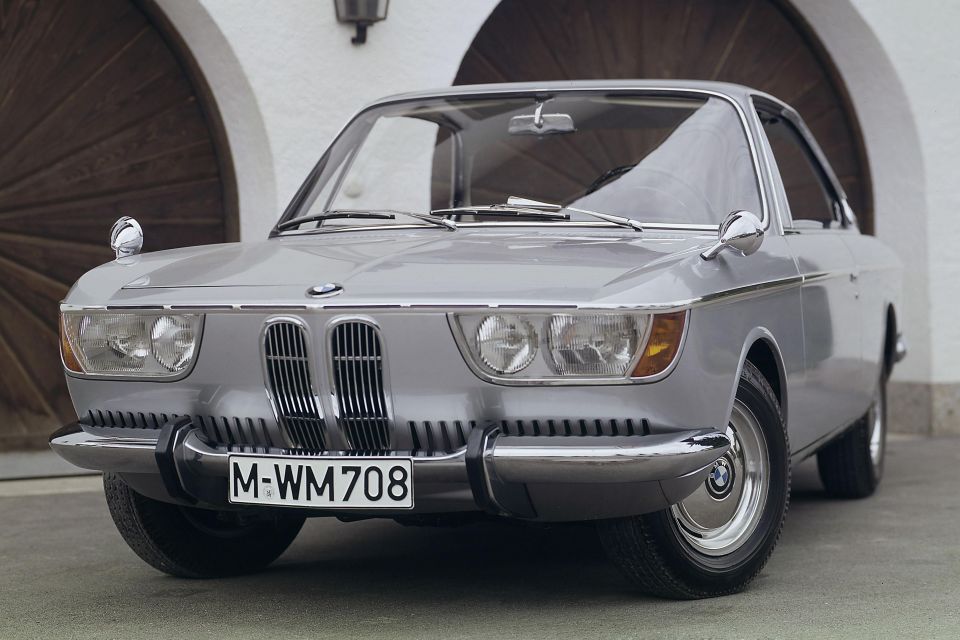
While the Neue Klasse architecture heralds a new era for BMW – the company calls it the third phase of its electric strategy – its name looks to the past.
The original Neue Klasse models, introduced in 1962, were pivotal in ensuring BMW’s financial stability and establishing its identity as a manufacturer of sports sedans.
They introduced design elements that have endured since then, such as the classic Hofmeister kink and the three-box shape.
They also spawned the entry-level 02 Series, the precursor to today’s rear-wheel drive 2 Series and 3 Series models.
Where expert car reviews meet expert car buying – CarExpert gives you trusted advice, personalised service and real savings on your next new car.
William Stopford is an automotive journalist based in Brisbane, Australia. William is a Business/Journalism graduate from the Queensland University of Technology who loves to travel, briefly lived in the US, and has a particular interest in the American car industry.


James Wong
5 Days Ago


James Wong
4 Days Ago


Max Davies
3 Days Ago


Josh Nevett
2 Days Ago


Max Davies
2 Days Ago
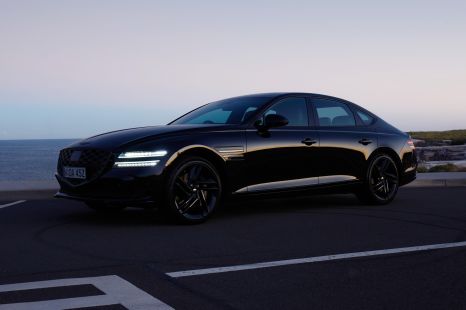

William Stopford
19 Hours Ago